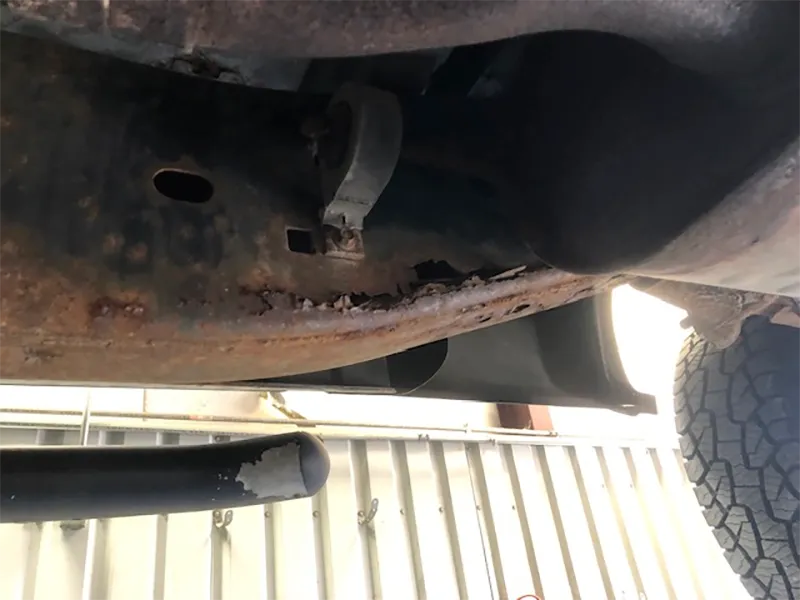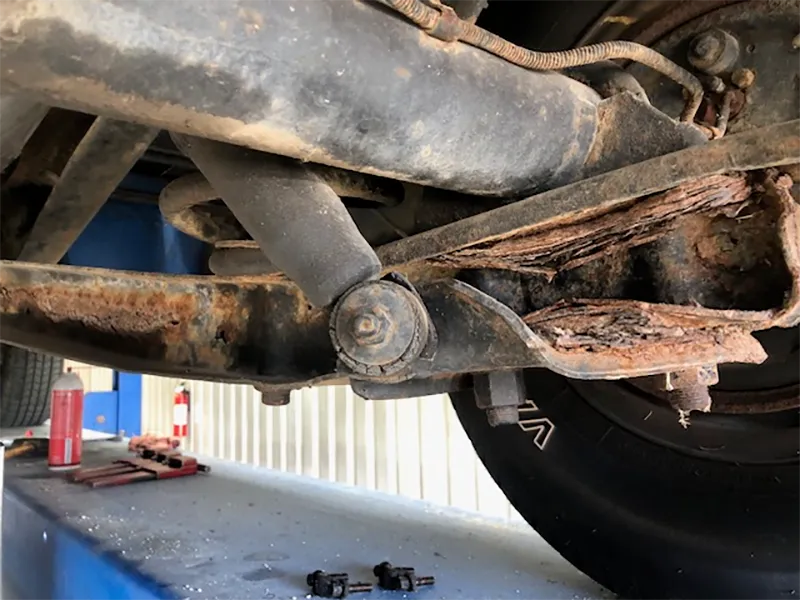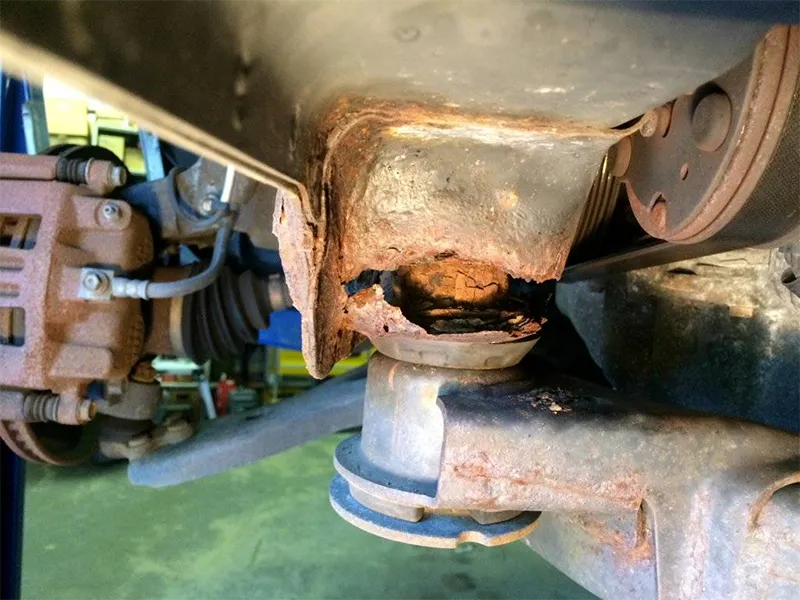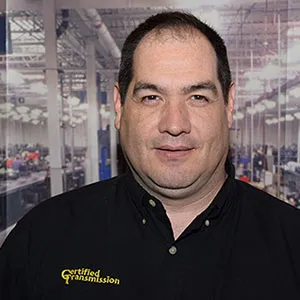I want to talk about some of the recent trends of particular cars and trucks that we see showing up at repair shops for work to be done. It seems to be a perfect storm of high used car prices, a lack of new car inventory, and a bit of economic uncertainty that brings us to the climate that we are in right now. All the shops are busy (almost too busy) and we are adding technicians as fast as we can when we can find good ones, but it is still hard to keep up with demand.
In my mind, there are several reasons why the shops are inundated with work, but the one I want to address here is the vehicles that customers are deciding to repair. A few years ago, many of these vehicles would have ended up in a salvage yard rather than in a repair shop.
As Technicians, Service Advisers, and Shop Owners it is our job to advise the customer on what we feel is the best course of action to take for repairing our customers' vehicles. At Certified Transmission we treat the customer's vehicle as if it were ours, meaning that if we would not consider a specific repair for our own personal vehicle, then why would we for one of our customers? The decision is ultimately the customer's, but we do need to advise them of our recommendation of what we feel is the best course of action for them. "We" are the experts in automotive repair and anyone working at any repair shop should be trusted to make the right decision for the customer, not the bottom line! Is this true everywhere? We all know it's not, but it sure should be.
I am obviously not a lawyer, and I am certainly not here to offer legal advice, but automotive technicians have a "Duty of Care" that they need to follow. I am sure different states have different policies concerning repair shops' ethics, but in a nutshell, it goes like this: "Duty of Care" means that technicians and shops must exercise reasonable skill and care when repairing vehicles. The technician must warn you about any potential dangers associated with the repair work that the vehicle may need. Now this is a very general statement, but it also could lead you to end up in litigation if you do not advise the customer of a potentially dangerous situation.
We are in the Midwest and have very unpredictable weather along with some snow in the winter months. Not a huge amount where people learn to drive in snow, but enough to where folks can't seem to function unless the roads are clear. This leads to an exorbitant amount of salt on our roads, and depending on temps, either sodium chloride or calcium chloride is used. This stuff destroys anything with iron in it. We see a lot of vehicles with rust; some are not so bad, while others are why we are here today.A 2006 F150 showed up in our shop with a transmission concern and we perform our evaluation and determine that the transmission will need to be replaced. No easy fix for this one. Seems straightforward enough, right? During our evaluation, we check several things. While looking at U-joints and checking the rear differential fluid I see this on our subject vehicle: (Figure 1)

Figure 1
The section of the frame rail right before the front leaf spring perch is rusted through. I know there are some shops that would just sell the transmission and just never say anything, or simply overlook the issue. In our case, we called the customer and had him come down so we could show him what we found. He called a friend that did bodywork and they decided that they could have a plate overlaid and welded and wanted to continue with the transmission repair. We always note issues we find on the repair order and have the customer sign that they acknowledge that we have explained what we found and what might need attention for the safe operation of the vehicle. In the end, we brought it to the customer's attention, and he made the informed decision himself to carry on with the repair.
Next, we had a 1972 C-10 pickup that was being restored. Now this one is a little different since it is a restoration, and the customer was probably very familiar with his truck. However, this one had a badly rusted rear trailing arm: (Figure 2)

Figure 2
A quick phone call with the customer revealed that he was already aware of the damage and had plans made to replace the rear suspension. This one was easy, however, this last one gets a little more involved: (Figure 3)

Figure 3
This vehicle came to us with shifting issues. We discovered that the subframe mount was completely rusted out on this vehicle, so we called the customer following our transmission diagnosis, we told them that the transmission had failed and would need replacement. However, the car had some structural rust issues that would have to be repaired before we could do the work on the transmission. This did not sit well with this particular customer: "The car was fine before the transmission went out so just fix the transmission. That's why I brought it to you!"
This one was enough of a safety issue that we decided to refuse to work on the vehicle. After all, was said and done, we convinced the customer to come down to our shop and look under the vehicle with us so we could show them what we saw. When they did so, we explained that we are only looking out for their best interest and take safety very seriously. In the end, all was well that end well and they thanked us for looking out for their safety.
Our owner Peter Fink tells us, "Just take care of the customer and everything else will fall into place." It seems like a very basic statement, and while it is, taking care of the customer is really a quite complex task; it takes a team of good people doing the right things. Customers will remember some of the good things you do for them. However, they will never forget the bad.
 Certified Transmission
Certified Transmission
